Connecticut Electric UBITBA250 50A Challenger Type A Breaker for Level 2 EV Chargers
Connecticut Electric UBITBA250 is a new, UL-listed 50 Amp 2-pole breaker for Challenger Type A panels. Ideal for 240V 40A Level 2 EV chargers like the Mustart 9.6 kW Level 2 EV charger.
The Connecticut Electric UBITBA250 New Challenger MH250 Type-A Replacement Two Pole 50 Amp Clip Circuit Breaker is an ideal solution for replacing outdated breakers in Challenger Type-A panels – especially when installing a 240V 40A Level 2 EV charger or a 9.60 kW EV charger. This breaker is specifically designed for use in Challenger Type-A load centers and is manufactured brand new, not refurbished, by Connecticut Electric. The circuit breaker is ETL listed to UL Standard 489 and rated for 10,000 AIC, offering the reliability required for a high-load Level 2 EV charger.
Challenger Type-A breaker panels were commonly installed in homes from the 1960s through the 1980s. While they were compliant at the time, many of these panels now pose challenges due to aged busbars, loose contact points, and limited compatibility with modern UL-listed breakers. Some older breakers in these panels are known for failing to trip under fault conditions, which is why it’s critical to replace them with new safety-certified units when installing a 40 A Level 2 EV charger.
As a certified EV charger installer, I often come across Challenger panels in homes that need a safe and robust 50A circuit to support high-amperage Level 2 EV chargers. While many homeowners opt for panel upgrades or replacements, if the existing panel has enough capacity to support a 240V 40A Level 2 EV charger, the Connecticut Electric UBITBA250 2-pole 50 Amp breaker is a recommended option, Its slim, 1-inch profile and secure clip-in mounting make it a great fit for tight panels with limited space, and delivers the performance needed to safely run a 40A EV charger – such as the Mustart 40 Amp EV Charger, which we tested extensively in this setup.
We tested the UBITBA250 using the Mustart 40 Amp EV Charger installed on a dedicated 50A EV charging circuit wired with 6 AWG solid copper conductors in ¾-inch conduit (Schedule 40 PVC) from the main panel to a NEMA 14-50 outlet. The neutral and ground conductors were properly terminated at the panel’s neutral and bonded ground busbars as shown in the wiring diagram below. This circuit was built specifically to power a Mustart 40 Amp EV Charger, rated for 9.60 kW of continuous output at 240V.
Over several full charging sessions – from near-empty to 80% and from 80% to full, we monitored the performance of the 50A EV charger circuit closely. There was no tripping, voltage drop, breaker hum, overheating, or contact instability experienced during our test. The UBITBA250 maintained stable power delivery across all test cycles. The breaker remained cool to the touch even after continuous 8- to 10-hour Level 2 EV charging sessions at 40 amps, showing no signs of heat or mechanical wear.
Wiring the UBITBA250 Breaker for a 240V Level 2 EV Charger
When installing a 240V Level 2 EV charger using the Connecticut Electric UBITBA250 breaker in a Challenger Type-A panel, proper wiring is essential for safety, performance, and code compliance. While our test setup used a NEMA 14-50 outlet, there are several other ways to wire the breaker depending on your EV charger’s requirements and your panel configuration. Below are the most common circuit wiring configurations using the UBITBA250 breaker, including diagrams for complete Level 2 EV charger installations.
EV Charger Wiring – 240V (4-Wire: L1, L2, Neutral, Ground) – UBITBA250 Breaker
The Connecticut Electric UBITBA250 breaker is commonly used for installing plug-in NEMA 14-50 Level 2 EV chargers with a NEMA 14-50 outlet. EV chargers like the Grizzl-E Smart EV Charger often follow this configuration, It’s also frequently used by electricians when converting plug-in NEMA 14-50 setups to hardwired installations. This wiring method typically uses 6 AWG solid copper conductors: two hot wires (L1 and L2), one neutral, and one ground. The UBITBA250 double-pole breaker supplies the two hot legs, while the neutral and ground are connected to their respective busbars — as shown in the wiring diagram below:
Compatible Level 2 EV Chargers for This Wiring Setup
EV Charger Wiring – 240V (3-Wire: L1, L2, Ground) – UBITBA250 Breaker
This is the most common hardwired configuration for Level 2 EV chargers that do not require a neutral wire, It’s often used for hardwired Level 2 EV charger installations like the Tesla Wall Connector on a 50A circuit and also applies to NEMA 6-50 Level 2 chargers that use a NEMA 6-50 outlet. For EV chargers that operate exclusively at 240V, this setup is both safe and code-compliant – this configuration uses 6 AWG solid copper wires. The two hot wires deliver 240V from the UBITBA250 breaker, and the ground wire connects to the panel’s ground busbar — as shown in the wiring diagram below: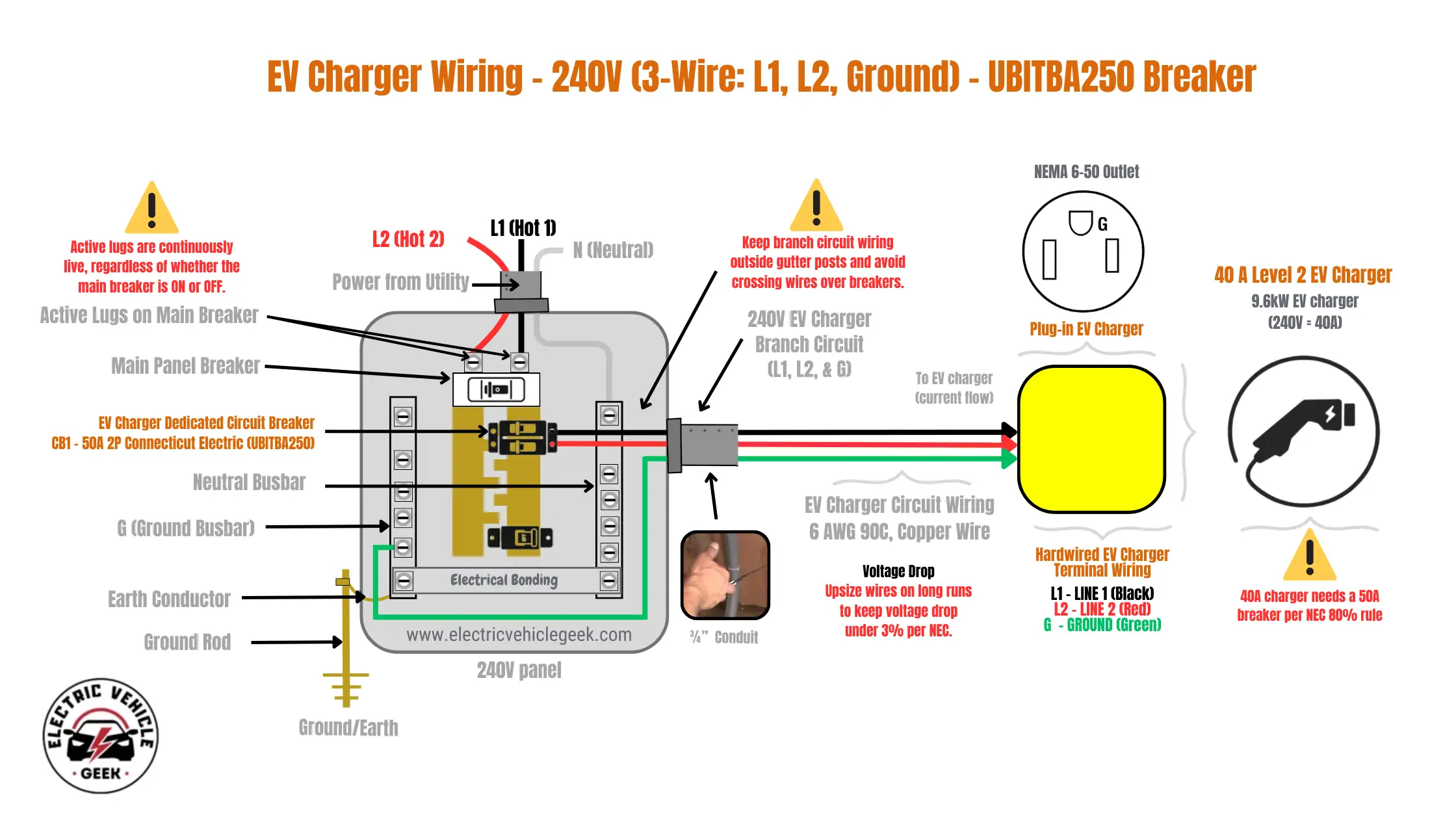
Compatible Level 2 EV Chargers for This Wiring Setup
EV Charger Wiring – 240V (3-Wire: L1, L2, Neutral, No Ground) – UBITBA250 Breaker
This older method uses two hot wires and a neutral but lacks a dedicated ground. It may be found in legacy installations where neutral was bonded to the panel as shown in the wiring diagram below. However, it is not recommended under current NEC standards due to safety concerns. Use this configuration only if the charger is compatible such as NEMA 10-50 Level 2 EV chargers and local codes explicitly allow it.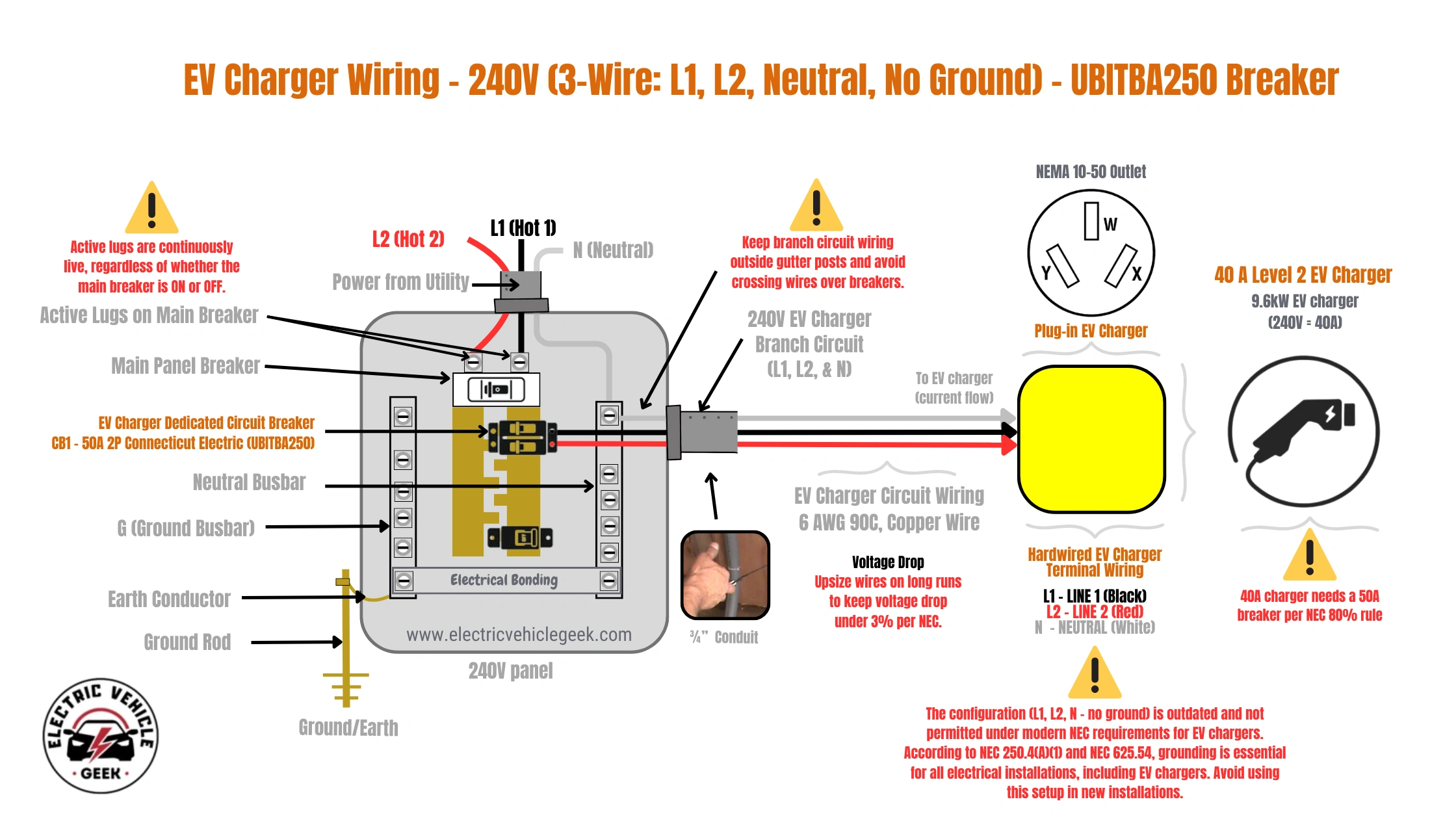
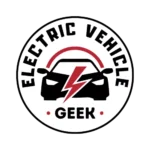
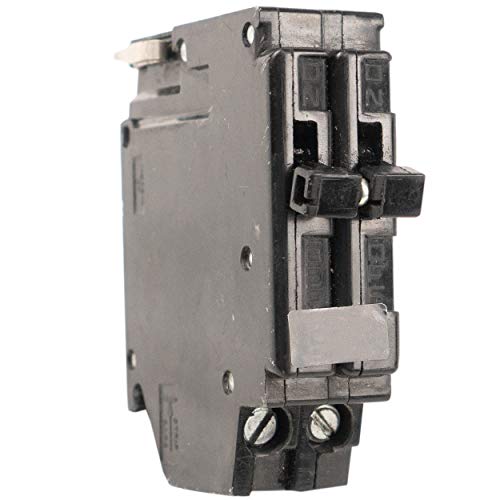
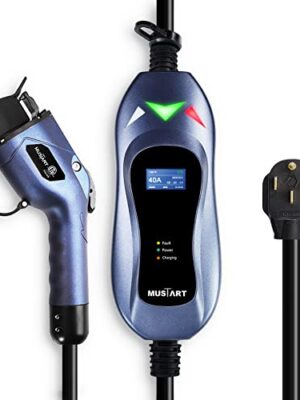


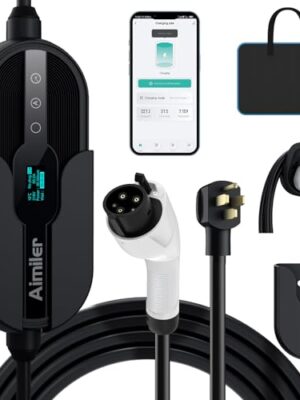
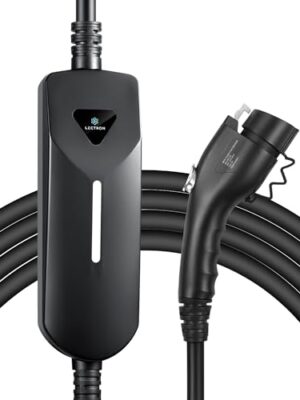
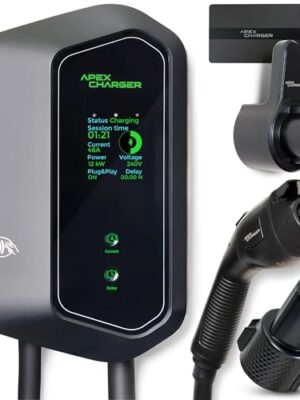
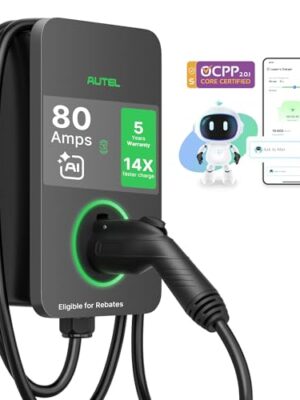
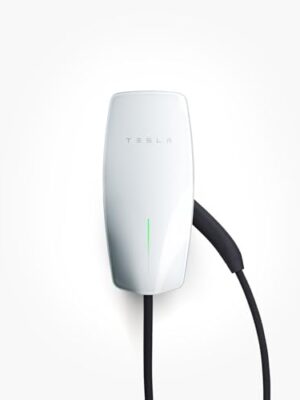
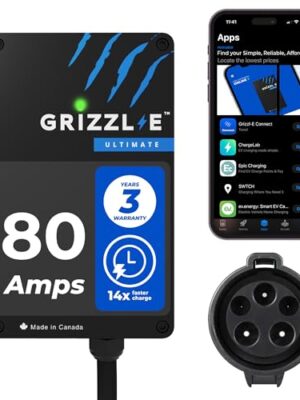
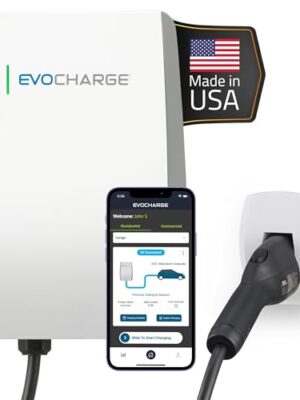
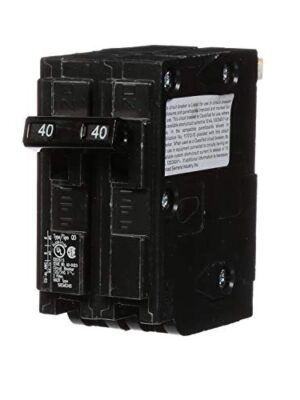
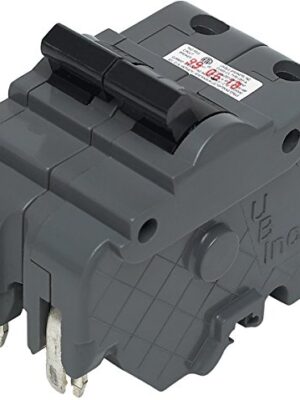
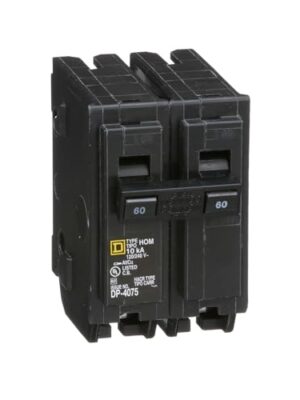
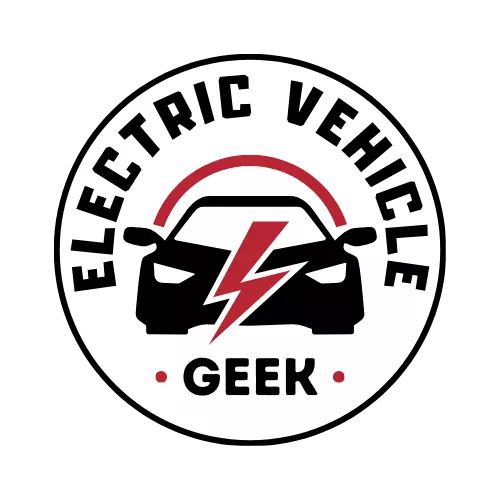
There are no reviews yet.